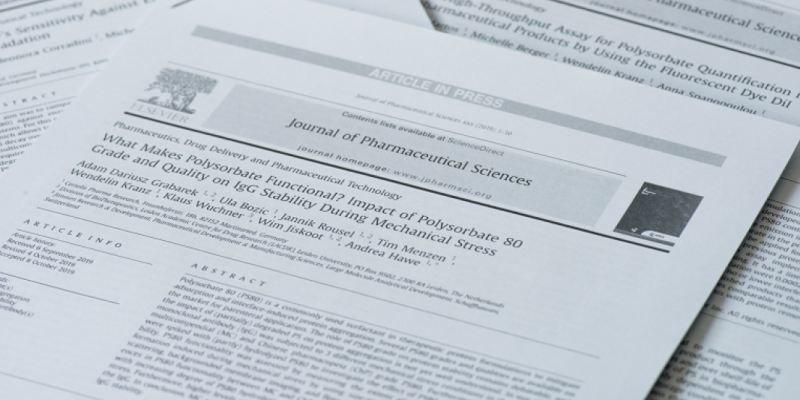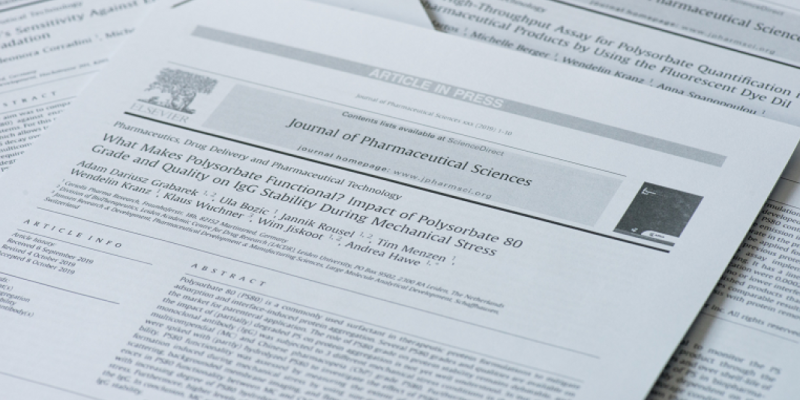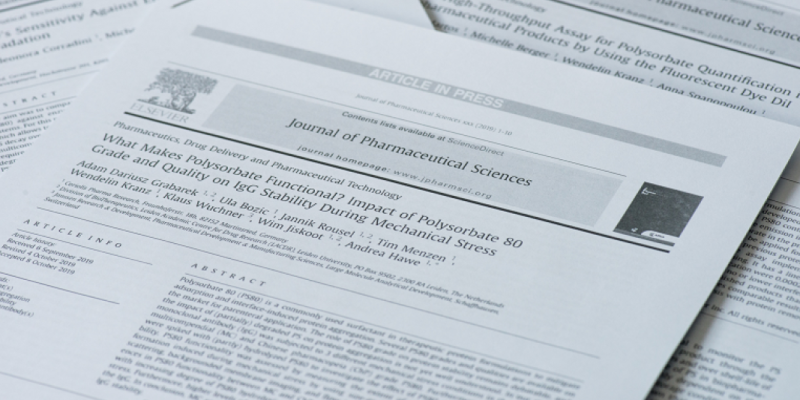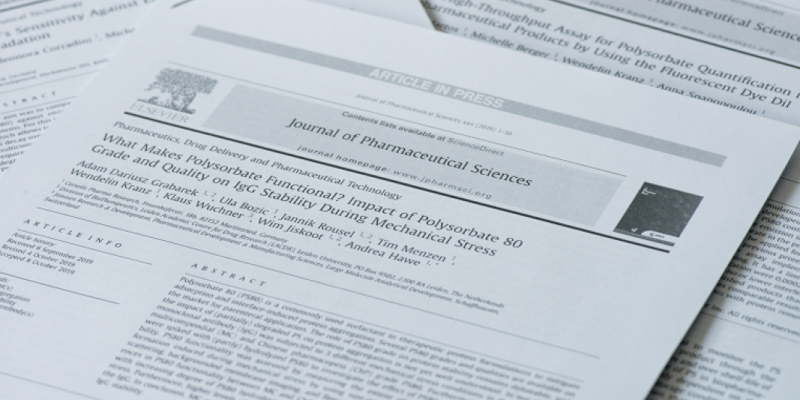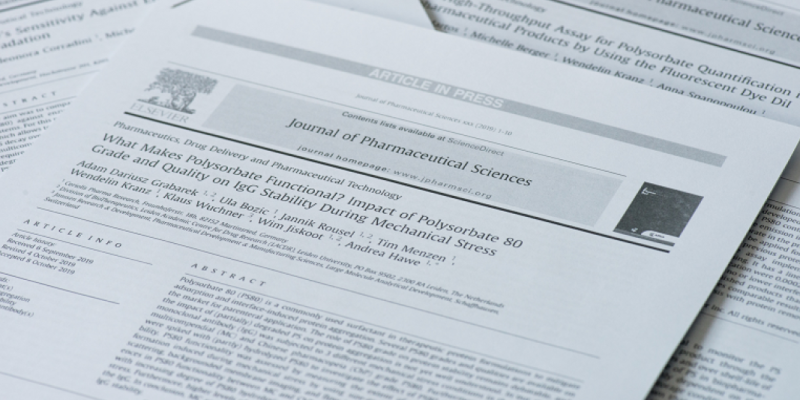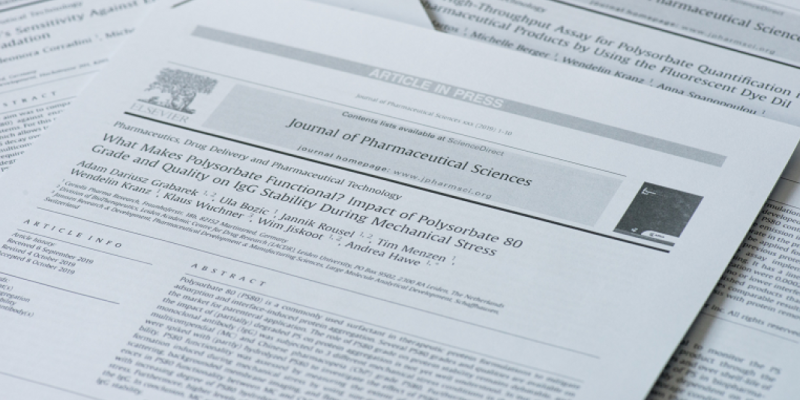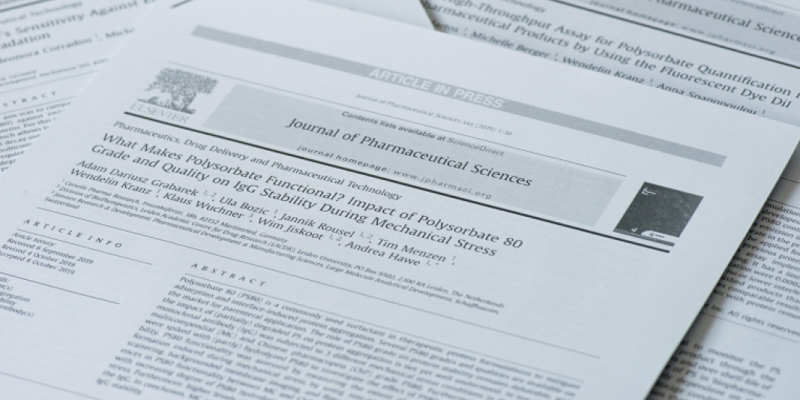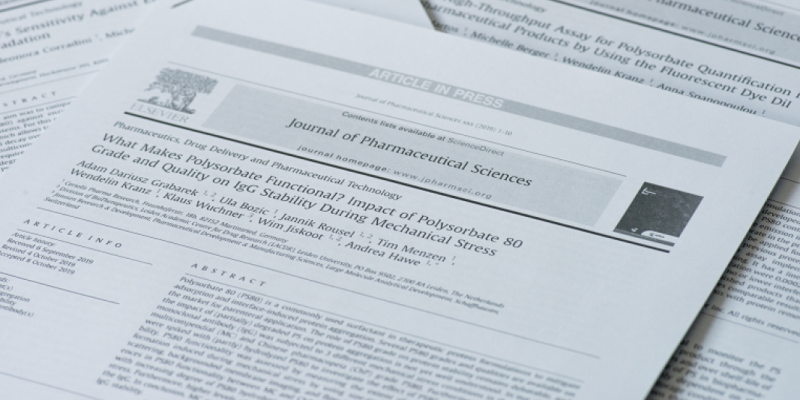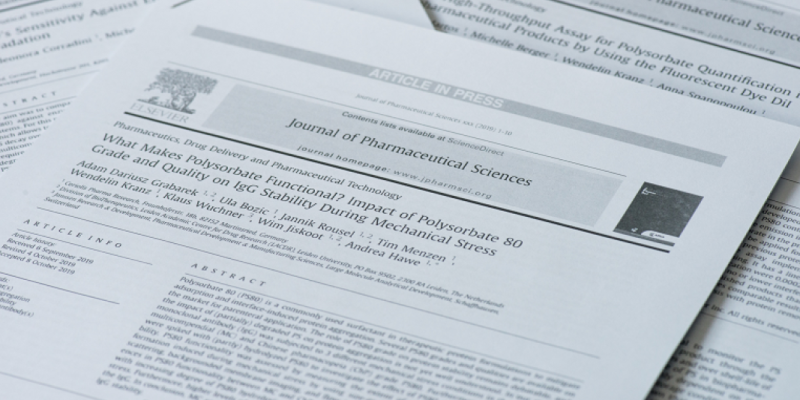Non-ionic Gd-based MRI contrast agents are optimal for encapsulation into phosphatidyldiglycerol-based thermosensitive liposomes.
J Control Release. 2013 Feb
Thermosensitive liposomes (TSL) with encapsulated magnetic resonance imaging (MRI) longitudinal relaxation time (T(1)) contrast agents (CAs) have been proposed for MRI assisted interventional thermotherapy in solid tumors. Here the feasibility of 6 clinically approved CAs (Gd-DTPA, Gd-BOPTA, Gd-DOTA, Gd-BT-DO3A, Gd-DTPA-BMA, and Gd-HP-DO3A) for formulation into TSL was investigated. CAs were passively encapsulated with 323 mOs kg(-1) into 1,2-dipalmitoyl-sn-glycero-3-phosphocholine/1,2-distearoyl-sn-glycero-3-phosphocholine/1,2-dipalmitoyl-sn-glycero-3-phosphodiglycerol 50/20/30 (mol/mol) TSL (DPPG(2)-TSL) to obtain stable formulations. T(1) relaxivity (r(1)) and diffusive permeability to water (P(d)) across the membrane were determined. Shelf life at 4°C was investigated by determining lysolipid content up to 10 weeks after preparation. All preparations were monodispersed with comparable small vesicle sizes (~135 nm). Neither zeta potential nor phase transition temperature (T(m)) was affected by the CA. The formulations showed an increase in r(1) in the temperature range between 38 and 44°C. This correlated with the phase transition. Change in r(1) (Δr(1)=r(1)(45.3°C)-r(1)(37.6°C)) and r(1) (T<T(m)) depended on the encapsulated CA concentration. P(d) at T≤37.6°C was lower for DPPG(2)-TSL encapsulating non-ionic Gd-BT-DO3A, Gd-DTPA-BMA, and Gd-HP-DO3A. All CAs except Gd-DTPA-BMA induced phospholipid hydrolysis, which resulted in unwanted CA leakage. The serum proteins HSA and IgG both contributed to the increase of MRI signal at 30°C by increasing P(d). A high concentration of encapsulated CA is a prerequisite to achieve a sufficiently high Δr(1) during heat triggered CA release combined with a low r(1) at 37°C. Hence, the optimal CA is characterized by a non-ionic structure and a low contribution to osmolality.
J Control Release. 2013 Feb
https://www.sciencedirect.com/science/article/pii/S0168365912008309?via%3Dihub=


